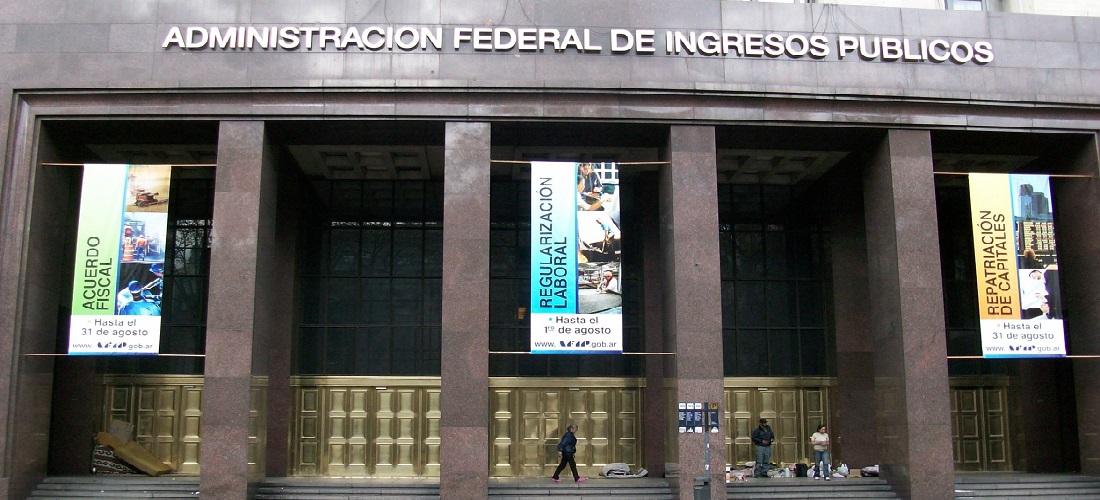
Argentina Lifts Restriction on Import Permits in Major Policy Shift
Jan, 11, 2024 Posted by Gabriel MalheirosWeek 202402
The government of Argentina has lifted a key restriction that constrains import permissions in Argentina, the system known as Economic Financial Capacity (CEF), a requirement imposed by the Federal Public Revenue Administration (AFIP) when generating the import declaration. The move was formalized on January 10 through Joint Resolution 5478 of the AFIP and the Ministry of Commerce.
“The mechanism that calculated the Economic Financial Capacity (CEF) of taxpayers, used to restrict and limit foreign trade operations, has been eliminated. Aligned with the removal of the Argentine Republic Import System (SIRAs) and Non-Automatic Licenses, the removal of CEF aims to facilitate and provide certainty to importers and local manufacturers in accessing their inputs,” stated the Minister of Economy, Luis Caputo.
“In this way, the measure will grant greater freedom for imports and prevent arbitrariness by the state in intervening in the foreign purchasing process. The CEF system constituted a significant barrier to imports, analyzing a large number of variables related to the financial situation of companies unrelated to the new declarative system,” added the official.
The CEF was established in 2018 during Mauricio Macri’s government. It is a system in which AFIP requests data from taxpayers regarding their economic, patrimonial, and financial condition and activities. The initial goal was to detect simulations of fiscal or patrimonial situations different from the real ones. However, during Alberto Fernández’s government, it was used to restrict import permissions.
The AFIP’s CEF system had been in effect since the time of the Integral Import Monitoring System (SIMI) and survived through the Argentine Republic Import System (SIRA). The current economic management retained it when creating the new Statistical Import System (SEDI) on December 22 last year.
However, in the supplement published today in the Official Gazette, the government modified the resolution that created SEDI to eliminate the CEF system. “In order to advance in the process of normalization and facilitation of foreign trade, it is timely and convenient to replace the provisions of article 4 of the mentioned Joint General Resolution No. 5466 (…), since the Economic Financial Capacity System (…) is not necessary in the stage of analysis of the declarations made in SEDI,” it states.
The continuation of CEF with the creation of SEDI had sparked complaints from several importers, mainly because the strong devaluation complicated the maximum limit allowed for each taxpayer.
See below the top origins of Argentine imports throughout the first ten months of the year. Now, with the end of the CEF system, import procedures with these countries may possibly benefit from facilitated transactions. The data is from DataLiner.
Top Origins of Argentine Imports | Jan 2023 – Oct 2023 | TEU
Source: DataLiner (click here to request a demo)
In August of the previous year, Sergio Massa’s economic management had increased the requirements requested in the CEF system to limit imports to the maximum. In fact, while AFIP’s goal was to monitor whether the operations carried out by taxpayers were in line with their economic and financial capacity, the system asked exporting companies if they had pending currencies to settle. If so, they could not access the foreign exchange market for that amount.
The CEF is a kind of individual risk management profile updated monthly with a limit (a specified value) based on an AFIP formula. This formula is not transparent and served primarily to obstruct companies. This hurdle was decisive in accessing the SIRA approved by the Ministry of Commerce during the previous administration. Hence, the goal of the new Deputy Secretary of Foreign Trade, Esteban Marzorati, is to remove it.
Although the government has normalized access to imports since December 13 of the previous year, companies were required to wait 30 days before being able to purchase currencies in the single and free exchange market (MULC). Furthermore, access is also not immediate but staggered: 25% at 30 days from the entry of the goods into Customs; 25% at 60 days; 25% at 90 days, and the remainder at 120 days.
Payments can be immediate only for foreign purchases of hydrocarbons and derivatives and electrical energy. After 30 calendar days, all payments for pharmaceutical products or inputs for this industry and fertilizers or phytosanitary products can be released.
-
Ports and Terminals
Jul, 20, 2022
0
Port of Suape performs record vehicle transshipment operation
-
Grains
Apr, 04, 2025
0
Domestic Demand for Corn Ethanol Raises Concerns Over Brazil’s Export Capacity
-
Ports and Terminals
Jun, 05, 2024
0
DP World Announces Major Investments in Latin American Ports To Boost Capacity and Efficiency
-
Shipping
Mar, 27, 2019
0
CMA CGM, Cosco and Evergreen become vessel providers for SSA service

